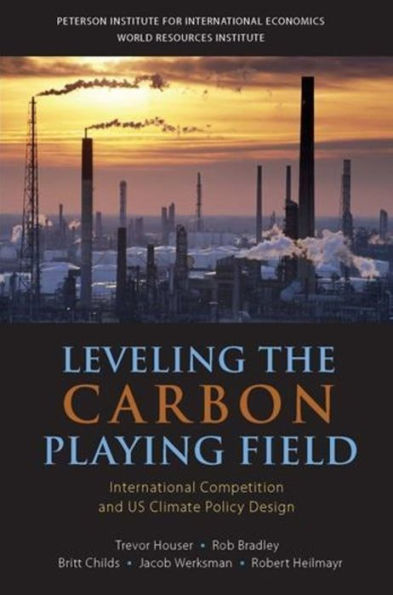5
1
9780881324204


Leveling the Carbon Playing Field: International Competition and US Climate Policy Design available in Paperback

Leveling the Carbon Playing Field: International Competition and US Climate Policy Design
- ISBN-10:
- 0881324205
- ISBN-13:
- 9780881324204
- Pub. Date:
- 05/15/2008
- Publisher:
- Peterson Institute for International Economics
- ISBN-10:
- 0881324205
- ISBN-13:
- 9780881324204
- Pub. Date:
- 05/15/2008
- Publisher:
- Peterson Institute for International Economics
19.95
In Stock

Product Details
| ISBN-13: | 9780881324204 |
|---|---|
| Publisher: | Peterson Institute for International Economics |
| Publication date: | 05/15/2008 |
| Edition description: | New Edition |
| Pages: | 112 |
| Product dimensions: | 5.90(w) x 8.80(h) x 0.40(d) |
| Age Range: | 18 Years |
About the Author
From the B&N Reads Blog
